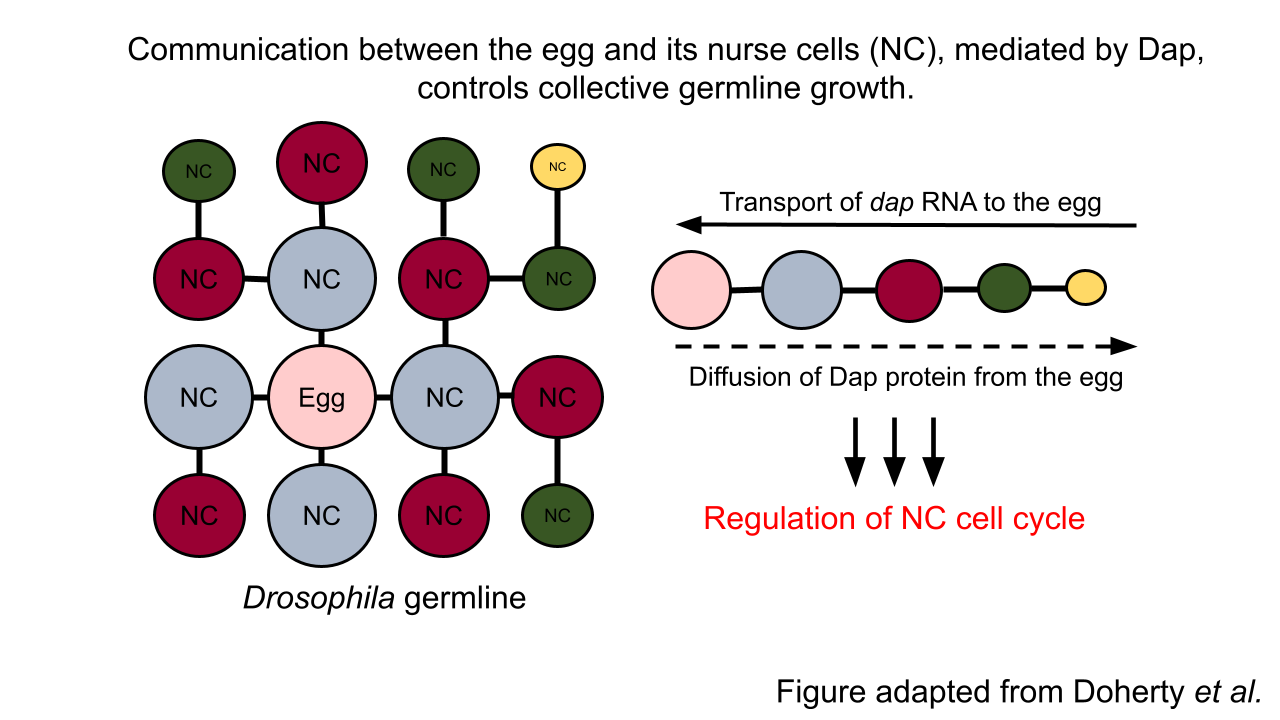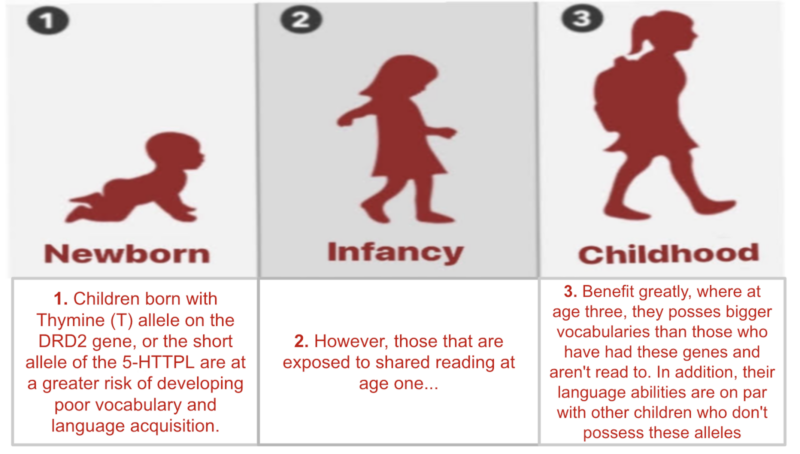In this episode of The Highlights, we’re joined by Patricia Hoyos, a graduate student in the Princeton Neuroscience Institute (PNI). We discuss her work on the development of spatial biases in school-aged kids, the challenges and perks of working with children, and her experiences transitioning her work from undergraduate independent work to a graduate project.
This episode of The Highlights was produced under the 145th Managing Board of The Daily Princetonian in partnership with Princeton Insights. Patricia Hoyos is a graduate student in the Kastner Lab of PNI. She can be reached at phoyos@princeton.edu.
To view the transcript for this episode, click here.
Additional resources:
Princeton Insights coverage: The development of visual-spatial biases in children
Original Paper: Development of spatial biases in school-aged children
Credits:
Written/Hosted by Thiago Tarraf Varella GS and Crystal Lee GS
Produced by Isabel Rodrigues
Original Insights Coverage by Munisa Said GS and Crystal Lee GS
Subscribe to The Highlights on Spotify, Podcast Addict, or wherever you get your podcasts! And subscribe to the Daily Princetonian to get the latest news at Princeton!



